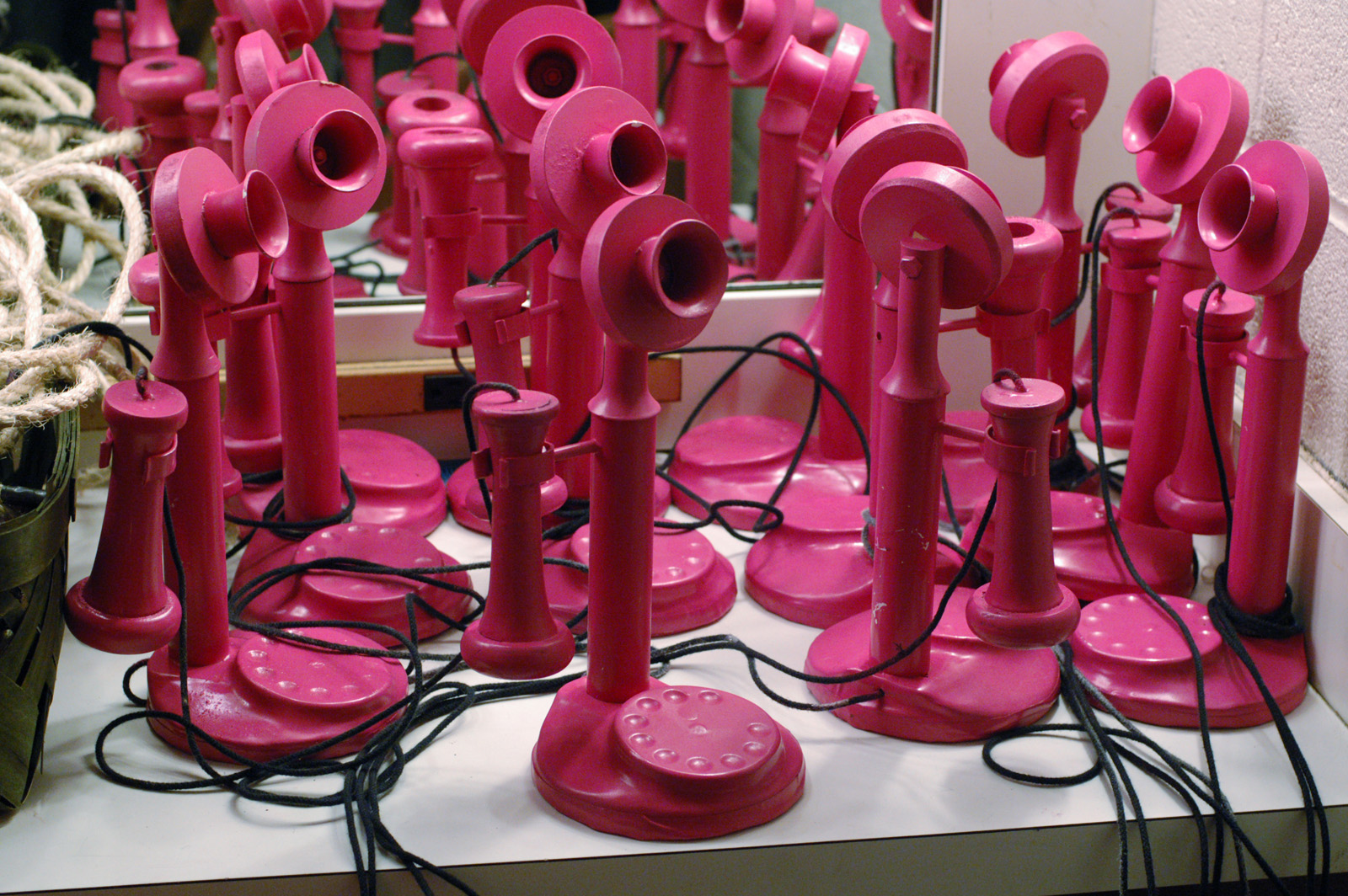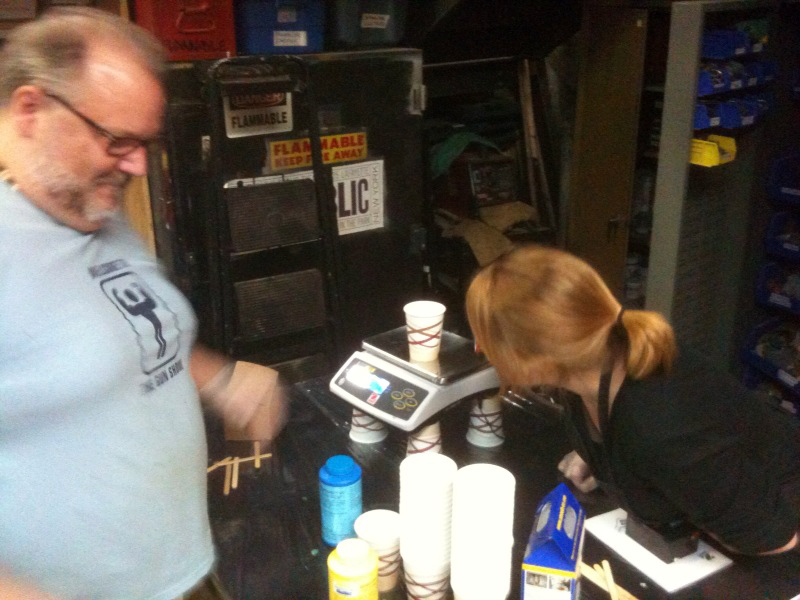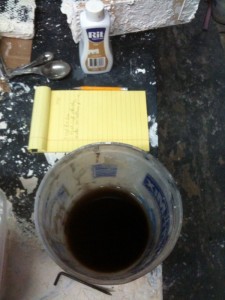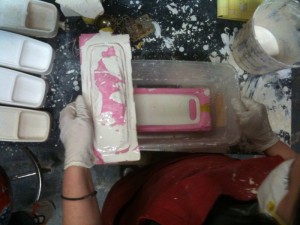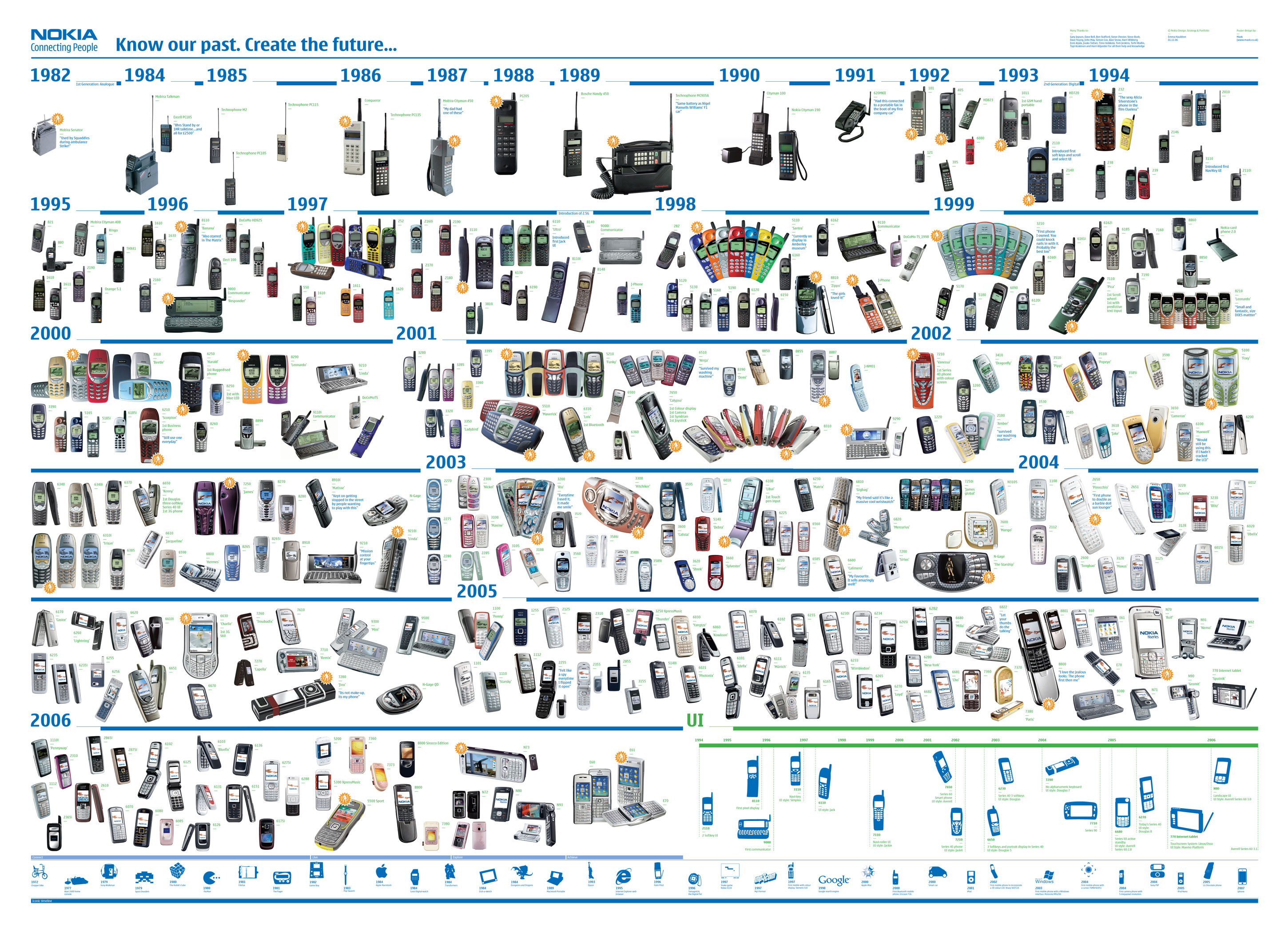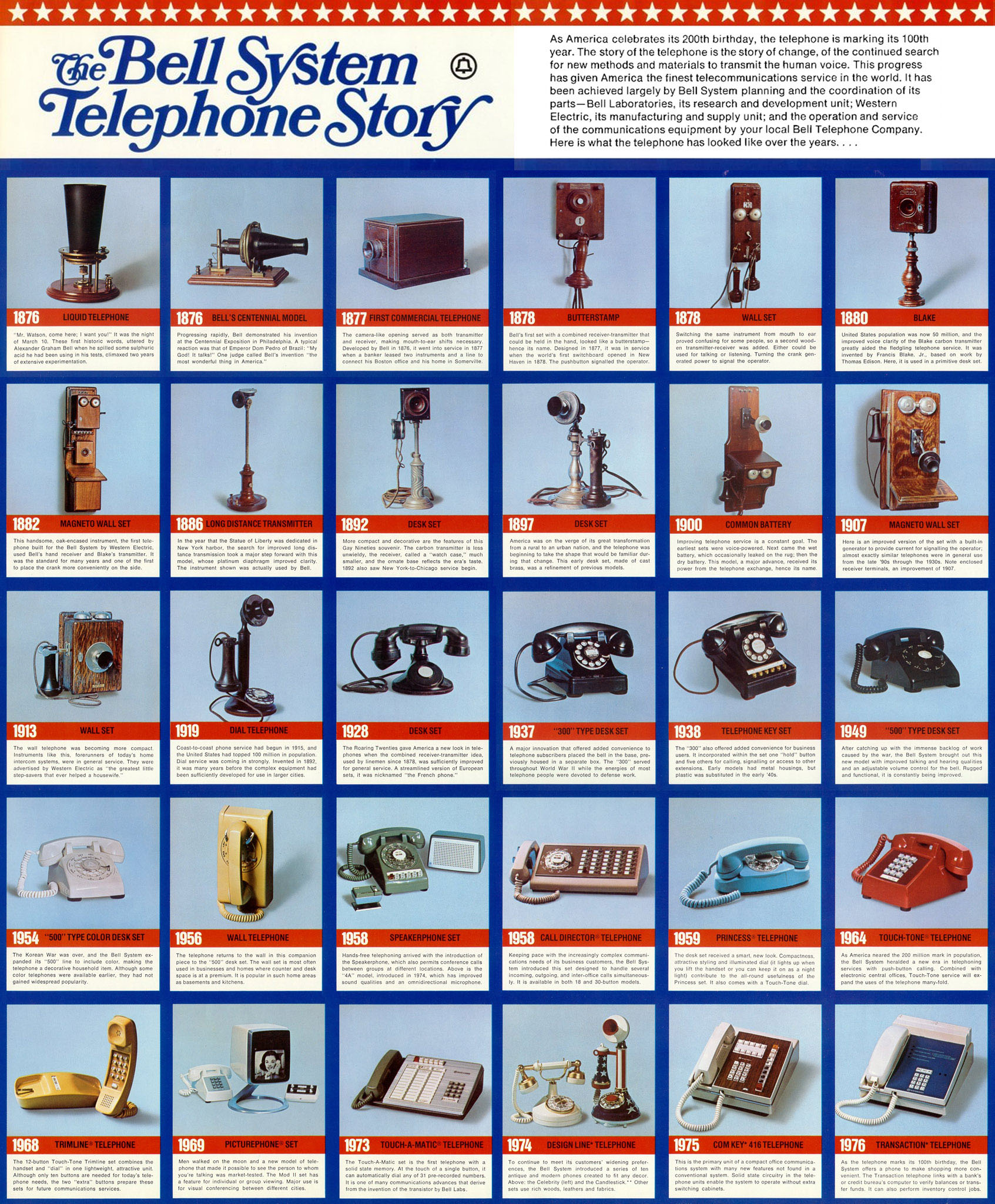Yesterday was strike for Crazy For You, the first musical I prop mastered down here in North Carolina. I’ll be posting some of the projects I did for this production at Elon University over the next few days. One of my favorite builds on this show was a set of twelve matching pink candlestick phones. I’ve dealt with getting multiple period phones in the past, so I knew with this budget these would have to be a custom build. I have already posted about how I made a vacuum former to create the bases.

On the right in the photograph above is the model for the base of the phone. In the upper left are some vacuum-formed shells. Dead center is a shell on the base with a section of PVC pipe forming the “candlestick” portion. Behind the half-completed phone are three sections of PVC pipe with a flange in them. I made a video showing how to form these.

The neck piece which connects the mouthpiece to the candlestick is a solid piece of poplar I turned on the lathe. The receiver (mouthpiece) was also turned on the lathe. The only difference between the prototype above and the final phone is the hook which holds the receiver. I sliced a section of PVC pipe, made a slit down one side, than used a heat gun to open it up into a “U” shape. I bent the ends out so the receivers could be pushed in and the hook would snap back to hold them snugly.

The plastic parts were primed first with a plastic spray paint primer. I then hit the rest of the parts with a sandable primer. The sandable primer helped make all the surfaces appear to be unified and made of a single material, and I could smooth out minor imperfections.
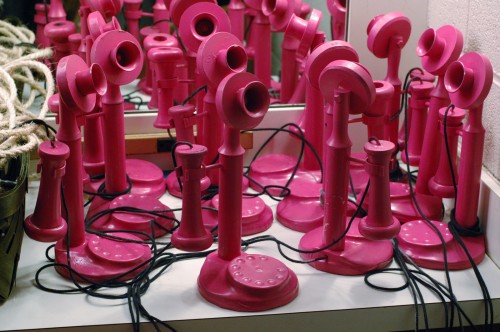
All the phones were painted pink. Bright pink. The kind of pink that hurts your eyes. It was a gloss pink too, and because the phones were sufficiently primed, the gloss made them look like solid chunks of plastic. I intended to add more paint for highlights and to differentiate the parts (and maybe throw some glitter on for good measure), but this show really came down to the wire (I was working up until the house opened on Opening Night) and I ended up not having time.

Regardless, they looked great in the context of the scene. It’s a big dance meant to be a fantasy sequence, with lots of flash and movement. You can see in the photograph above how well the color worked in that number. The shapes of the phones were distinct enough to convey their essence. They were a pretty big hit, and some of the audience thought they were rented.

